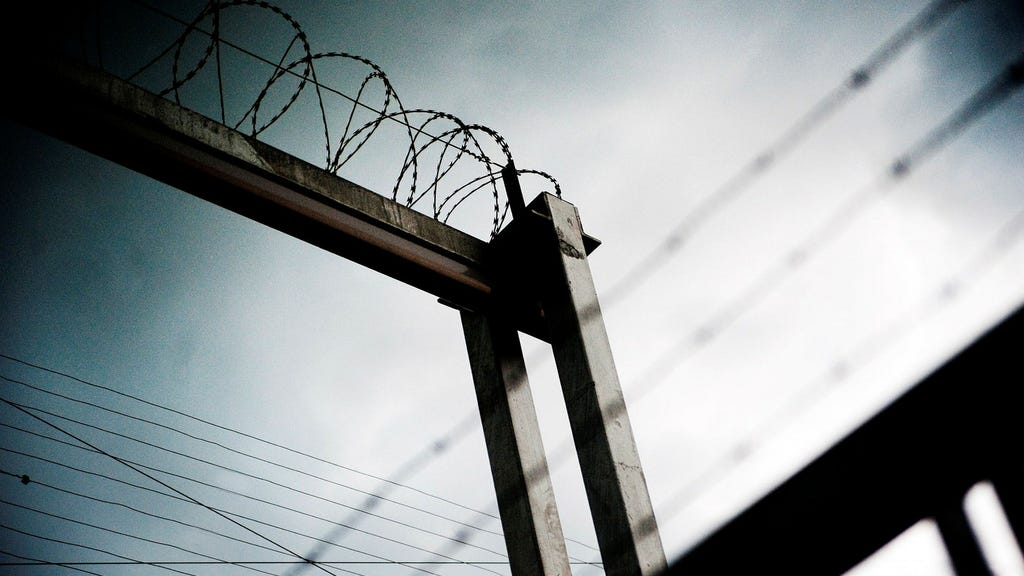Paragraph 1: Shifting Juvenile Detention in Sweden
Sweden is embarking on a significant shift in its approach to juvenile justice. Starting in 2026, young offenders between the ages of 15 and 17, convicted of serious crimes like murder, will serve their sentences in adult prisons instead of specialized youth detention centers run by the Swedish National Board of Institutional Care (SiS). This change, mandated by the government in 2023, marks a departure from the established practice of focusing on rehabilitation within a separate youth justice system. The Swedish Prison and Probation Service (Kriminalvården) has been tasked with preparing for this transition, encompassing logistical, staffing, and programmatic adjustments. This move has sparked debate and raises questions about the potential impact on the rehabilitation and well-being of young offenders.
Paragraph 2: Preparing for the Influx of Young Inmates
The Kriminalvården has been working diligently since 2023 to ready itself for the projected influx of up to 250 young inmates. This preparation includes identifying suitable facilities, adapting existing prison environments, and developing age-appropriate programs. The selection process for the designated prisons considered several crucial factors, including the physical suitability of the facilities for rapid adaptation, the availability of qualified personnel, and access to essential services like healthcare. This comprehensive approach aims to ensure that the transition minimizes disruption and provides a safe and appropriate environment for young offenders within the adult prison system.
Paragraph 3: Selecting Appropriate Prison Facilities
Eight adult prisons have been selected to house these young offenders. Notably, Kumla, a high-security prison equipped for the most dangerous inmates, is among the chosen facilities. This inclusion indicates the seriousness of the crimes committed by some of these young individuals. The remaining seven prisons span different security levels: Österåker, Högsbo, Rosersberg, Täby, and Ystad are classified as security level 2, while Skenäs and Sagsjön are classified as security level 3, the lowest security designation. This diversity in security levels suggests an attempt to match the placement of young offenders with their individual risk profiles and the severity of their offenses.
Paragraph 4: Logistical and Operational Challenges
Susanne Wedin, a director at Kriminalvården, highlighted the complexities of selecting suitable prisons within a tight timeframe. Making the necessary adaptations to accommodate the specific needs of young offenders presents a significant logistical challenge. Beyond the physical modifications, ensuring the availability of specialized staff capable of working effectively with this vulnerable population is paramount. The proximity to essential services like healthcare also played a crucial role in the selection process. These considerations underscore the effort to provide a supportive environment that addresses the developmental needs and potential vulnerabilities of young inmates.
Paragraph 5: Phased Implementation and Program Development
The Kriminalvården plans a phased approach to integrating young offenders into the adult prison system. By July 1, 2026, the initial goal is to have 100 places available, with the capacity gradually increasing to 250 places as needed. A key element of this transition is the development of specialized programs tailored to the needs of young offenders. These programs will encompass education, therapeutic interventions, and meaningful recreational activities. This structured approach recognizes the importance of providing opportunities for education, rehabilitation, and personal development, even within a prison setting.
Paragraph 6: Staffing and Resource Allocation
The successful implementation of this new approach hinges on recruiting and retaining competent staff. The unique challenges posed by working with incarcerated youth require specialized training and expertise. These staff members must not only manage security but also foster a supportive environment that promotes growth and rehabilitation. Ensuring adequate resources for these specialized programs is critical. The necessary physical adaptations to prison facilities, coupled with ongoing staff training and program development, represent a significant investment. The effectiveness of this new approach will ultimately depend on the availability of resources and the commitment to providing a suitable environment for these young offenders.














